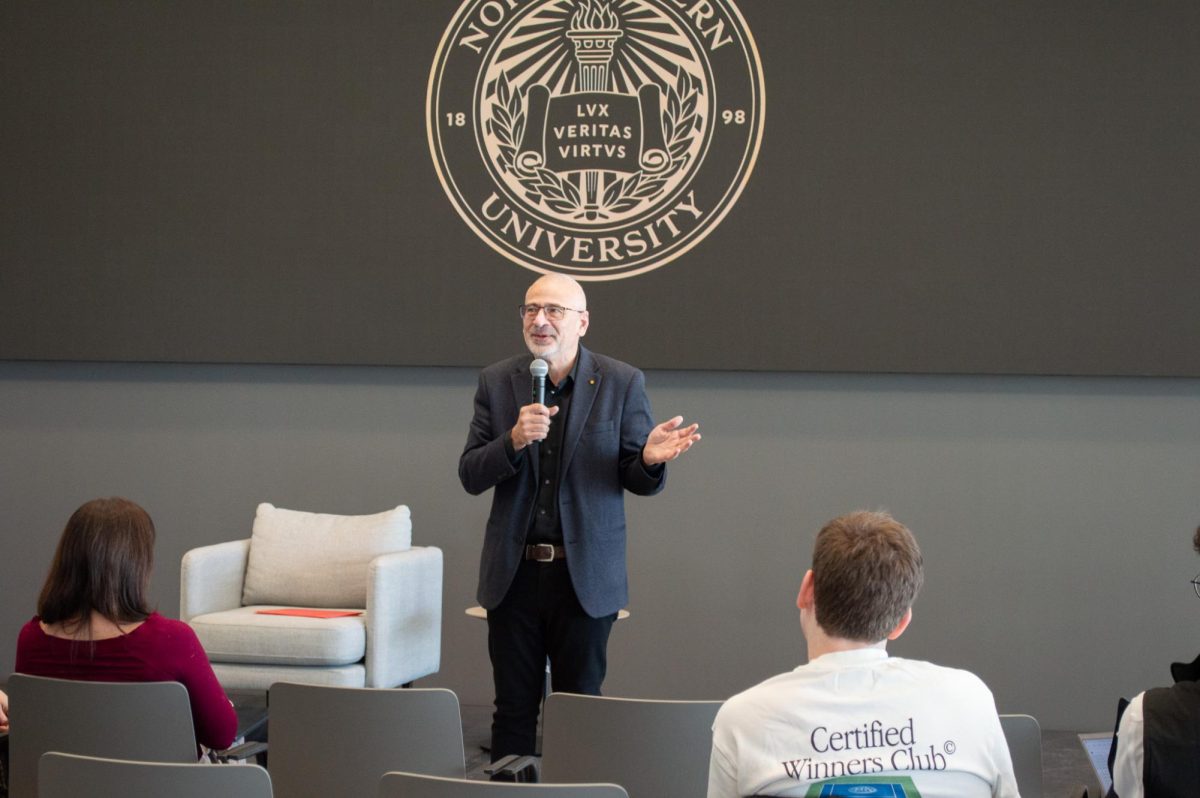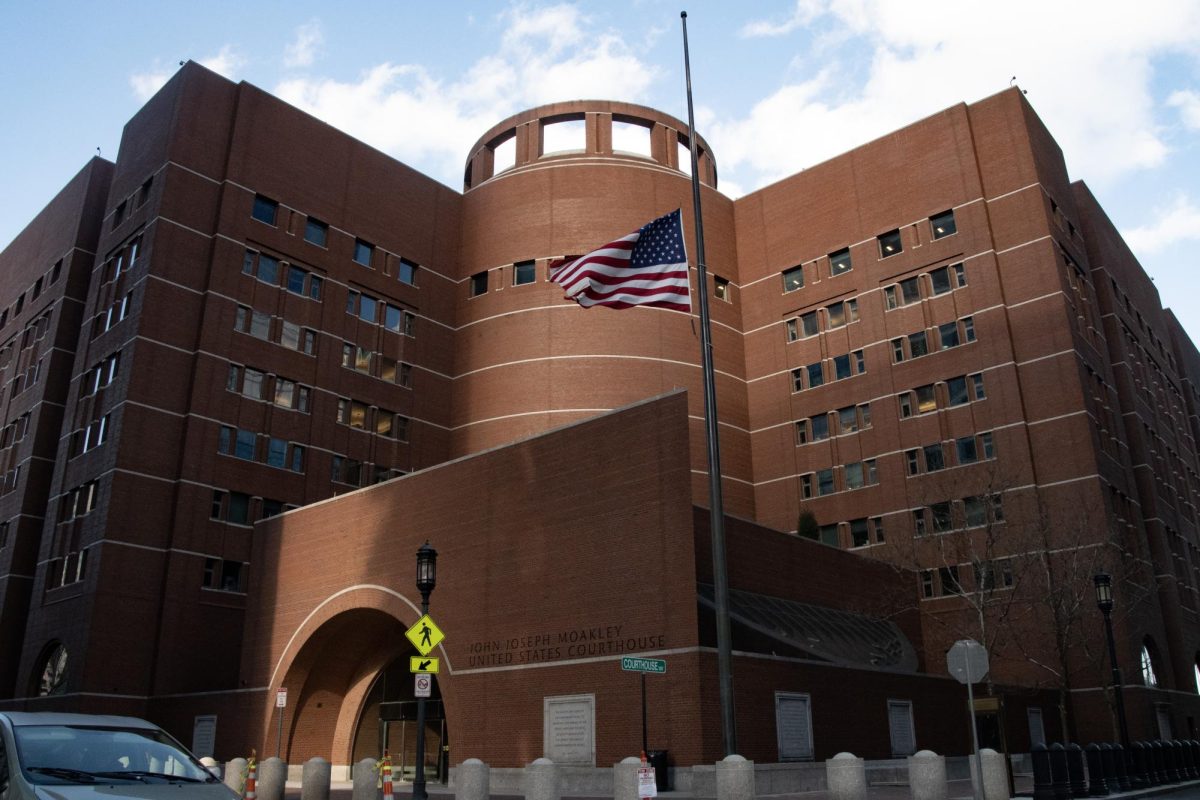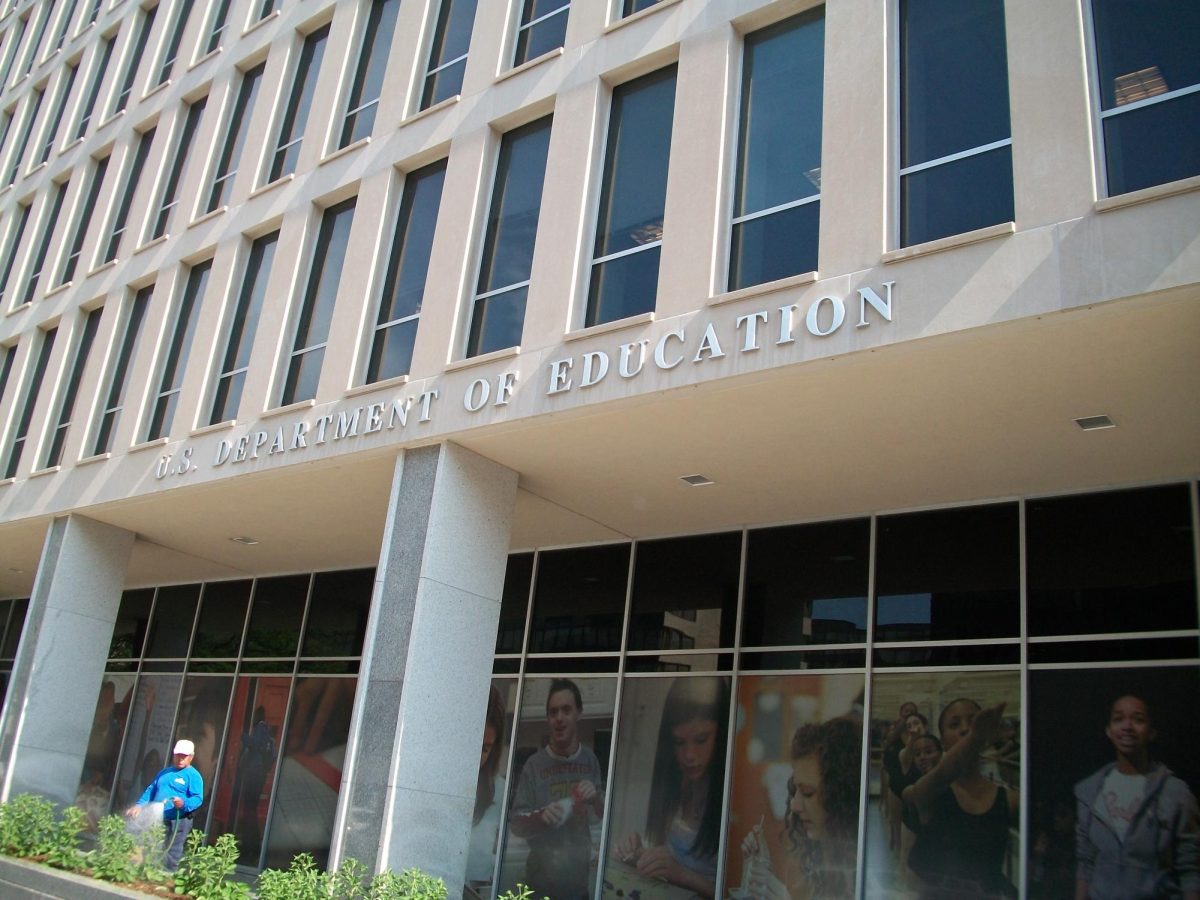By Nicole Haley
Three New York University students took their own lives in the first two months of the fall semester this year. The three suicides have caused outside institutions looking at the tragedies to turn their attention inward and focus on mental health needs on their own campuses.
With the many pressures of college life, students are particularly vulnerable to the mental illnesses that can lead to suicide, according to the National Mental Health Association. A 1998 survey by the NMHA ranked suicide as the second leading cause of death among college students.
Philomena Mantella, the senior vice president for enrollment and student affairs, said Northeastern had been re-examining mental health services prior to the NYU suicides.
After securing a sexual assault coordinator this summer, Mantella hired an outside specialist in Sept-ember to investigate the university’s mental health services. Dale Masi, a tenured professor at the University of Maryland and a published scholar on issues of mental health, is looking into mental health care and will be presenting suggestions for improvement in December.
Mantella said the university will aim to strengthen 24-hour services, examining mental health issues such as eating disorders, sexual assault and depression. The investigation will also include visiting other college campuses and getting ideas from their services.
“This is an action-focus-ed study,” Mantella said.
The Student Government Association has also focused attention on mental health care. Allyson Savin, SGA vice president for student affairs, and Senator Monique Lavender, determined that information about Northeastern’s services needs to be more readily available to students.
Recognizing limits in the budget, Lavender and Savin are making what they call realistic recommendations for immediate improvement in services. They suggested updating the Web site to provide more detailed information about the staff and services as well as placing pamphlets outside the offices and posting flyers with counseling information on the doors of Resident Assistants.
“We should let the students know as much about the counselors as we can so they can connect with the counselors and feel comfortable going for help,” Savin said.
Jonathan Birnberg, a psychologist at the center for counseling and student development, said he is “always astounded by how many students don’t know about us.”
Birnberg said the center has always been concerned about suicide prevention and every year they conduct crisis intervention training sessions for RAs, teaching them how to look for suicide warning signs before the school year starts.
Birnberg said that he regrets the need to put some students on a waiting list for counseling but pointed out that help is always available in an emergency.
“If you’re ever in crisis, you can always have an appointment,” Binberg said.
Desiree Deschaine, a middler sociology and human services major, said emergency counseling is not enough.
“When someone is reaching out for help, that is the time to prevent a crisis from happening. Maybe if they didn’t have to go on a waiting list, the person wouldn’t need to get to a state of emergency,” Deschaine said.
Problems of inadequate mental health services linking to suicide have been an issue with other universities in the past.
Two years after MIT student Elizabeth Shin set herself on fire in her dorm room in April 2000, her parents filed a wrongful death suit claiming that counseling services failed to respond to their daughter’s repeated suicide threats.
The mother of Harvard student David Okrent, who stabbed himself to death in 1998, said she alerted his floor leader to the fact that he was depressed and asked that someone notify her if he got worse. No one did.
As part of an attempt to reach out to troubled students, Savin said that student affairs is trying to develop an early warning system. Savin suggested targeting freshman English classes to create a program where teachers track the progress of students through paying attention to their grades, attendance and any signs of irregular behavior. Savin said this type of program could help students feel they are getting an individualized education and, in turn, help them not to feel so lost.
“The bottom line is making sure students know there are people that care,” Savin said.
Efforts to provide additional mental health support are being made in schools throughout the country. Paul Knipscheer is a senior at Villanova University who works for the National Alliance for the Mentally Ill (NAMI). Knipscheer interned for the organization last summer, working on their initiative to reach out to college campuses.
With three official university members and over 30 more university chapters currently in development, Knipscheer said NAMI has stepped up its initiative since the recent NYU suicides.
Knipscheer said that students contact NAMI wanting to start a chapter on their campus and the organization talks to their university administrators about getting them funding and also helps them devise programs and activities. Students are encouraged to set up resource tables in their school to hand out information about mental illnesses and to talk openly about mental issues in an attempt to fight the stigma surrounding mental illness.
“We try to get the word out that mental illness is just like a physical disease. If you’re physically ill no one questions you, but if you have a mental sickness people will look at you strangely,” Knipscheer said.
Knipscheer said giving troubled students more places to turn to and making them more comfortable with seeking help may encourage them to reach out before tragedy occurs.
“The worst case of mental illness is someone who’s totally given up,” Knipscheer said.
Students interested in starting a chapter of NAMI on campus can e-mail [email protected] for more information.









